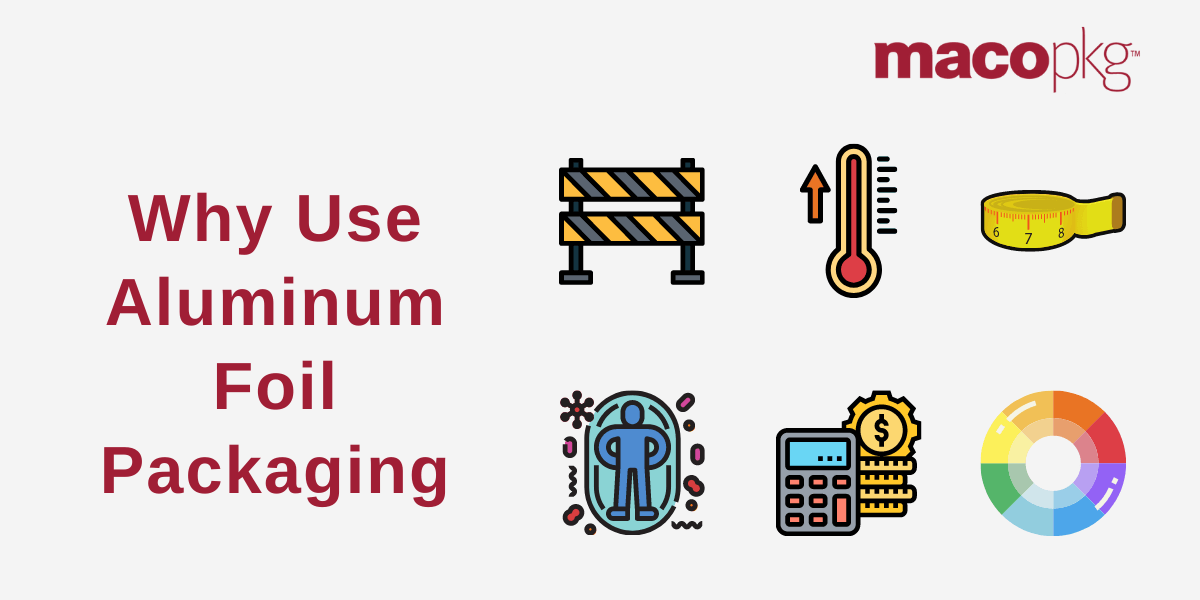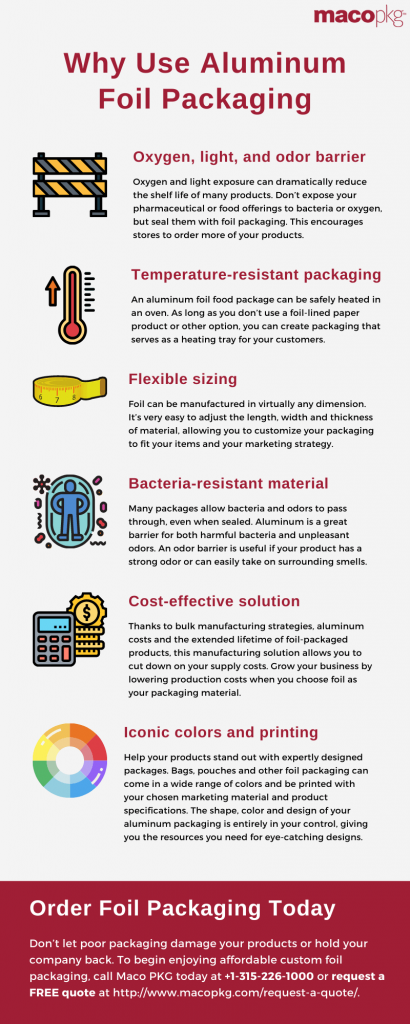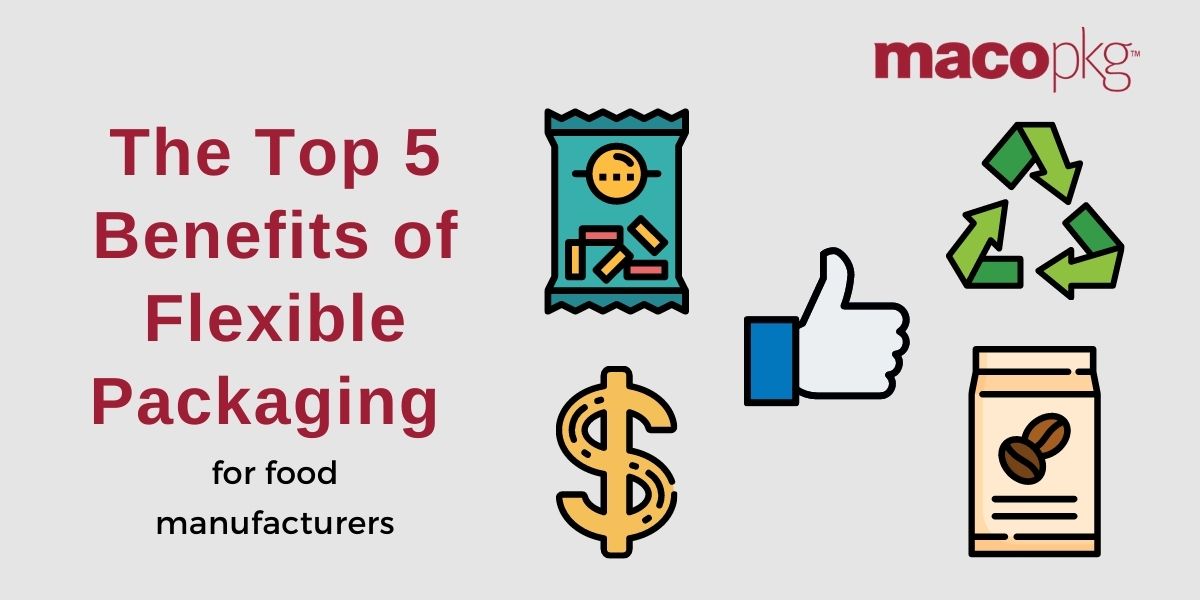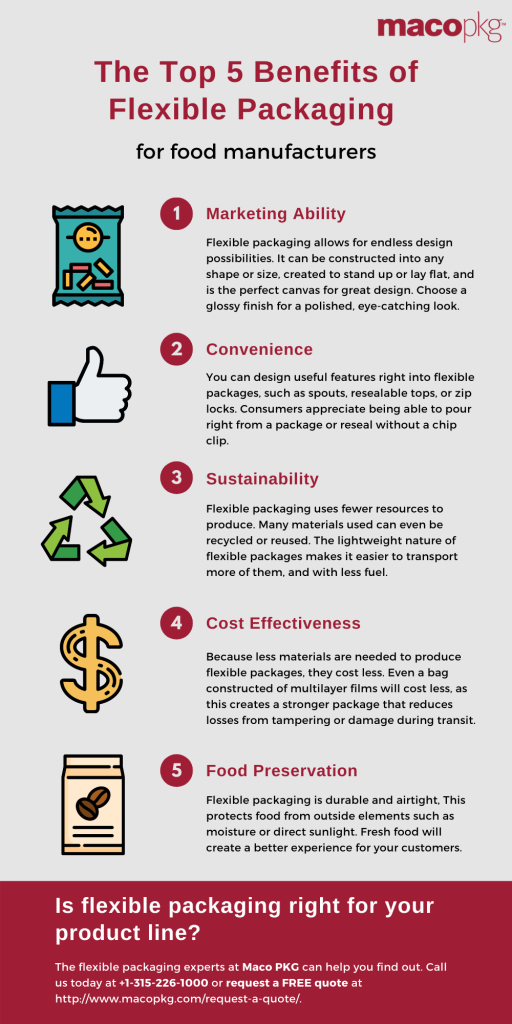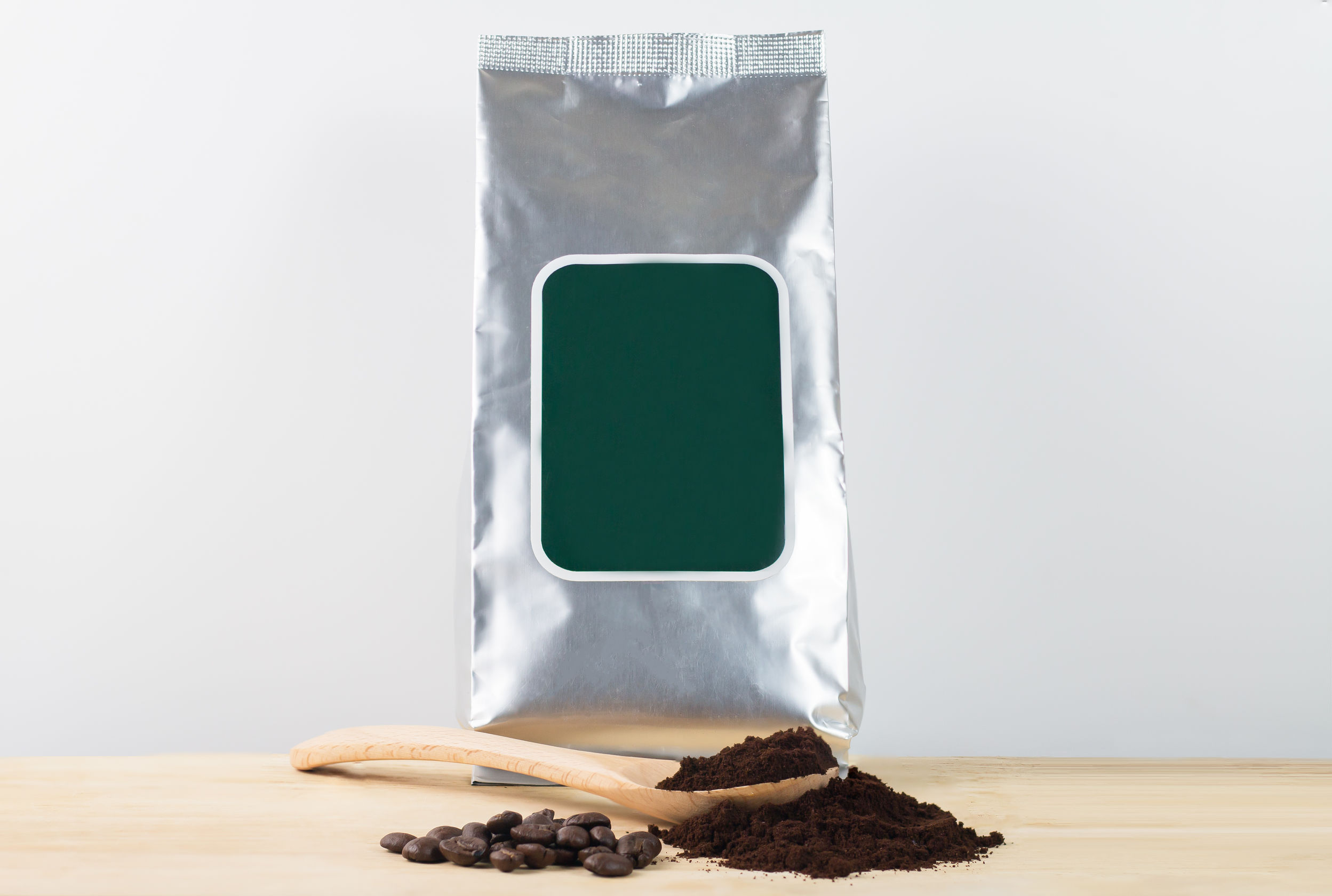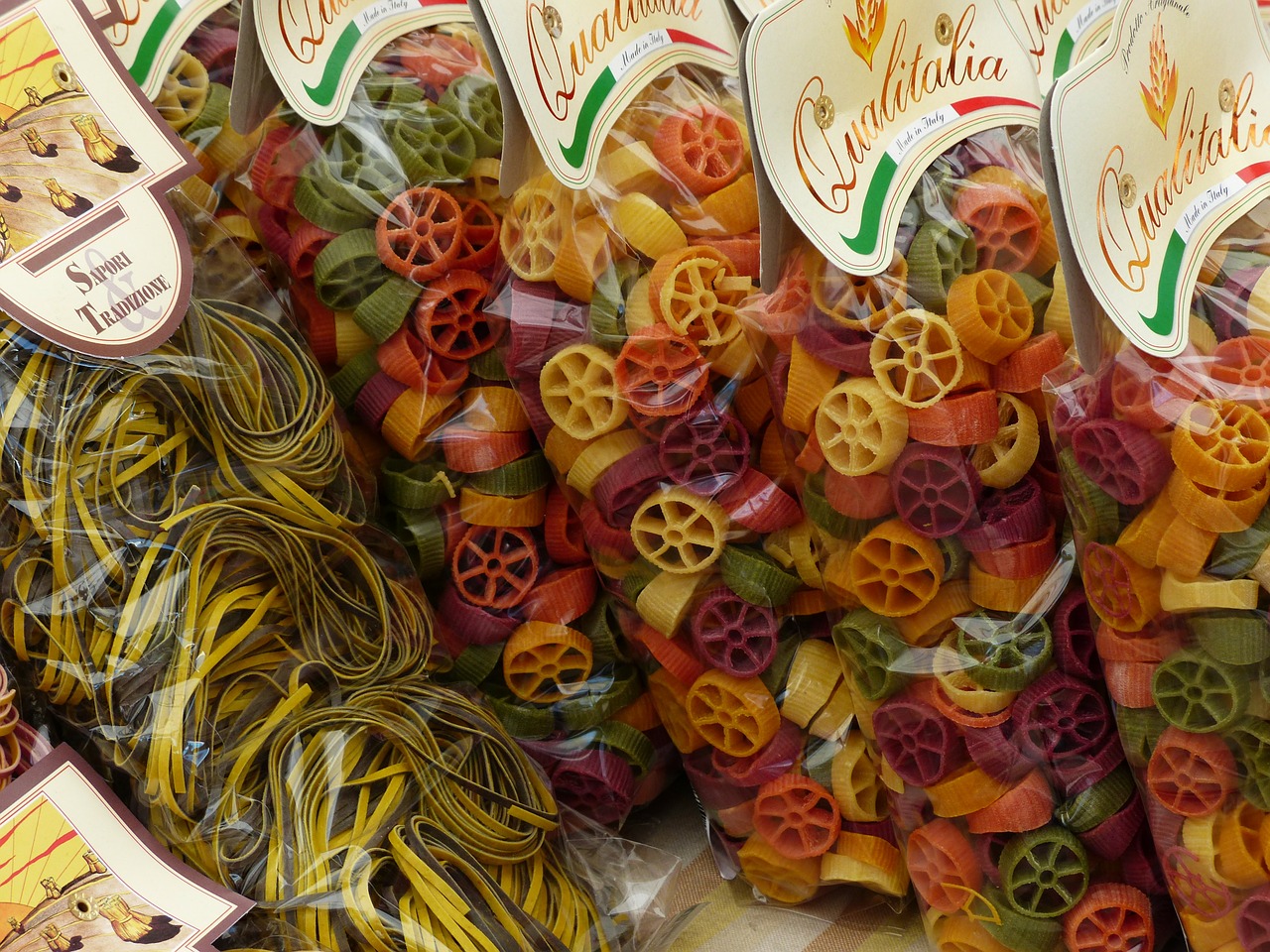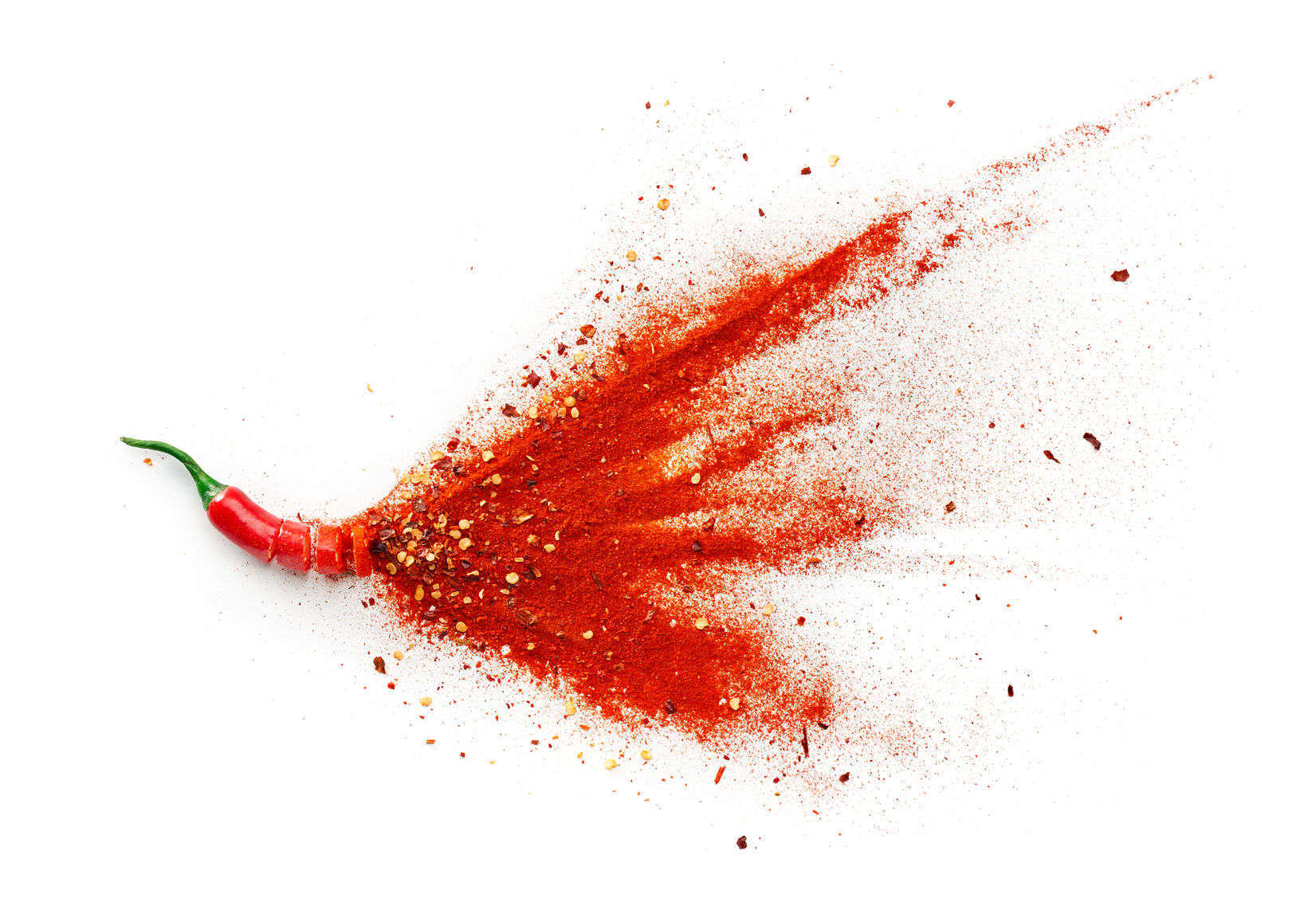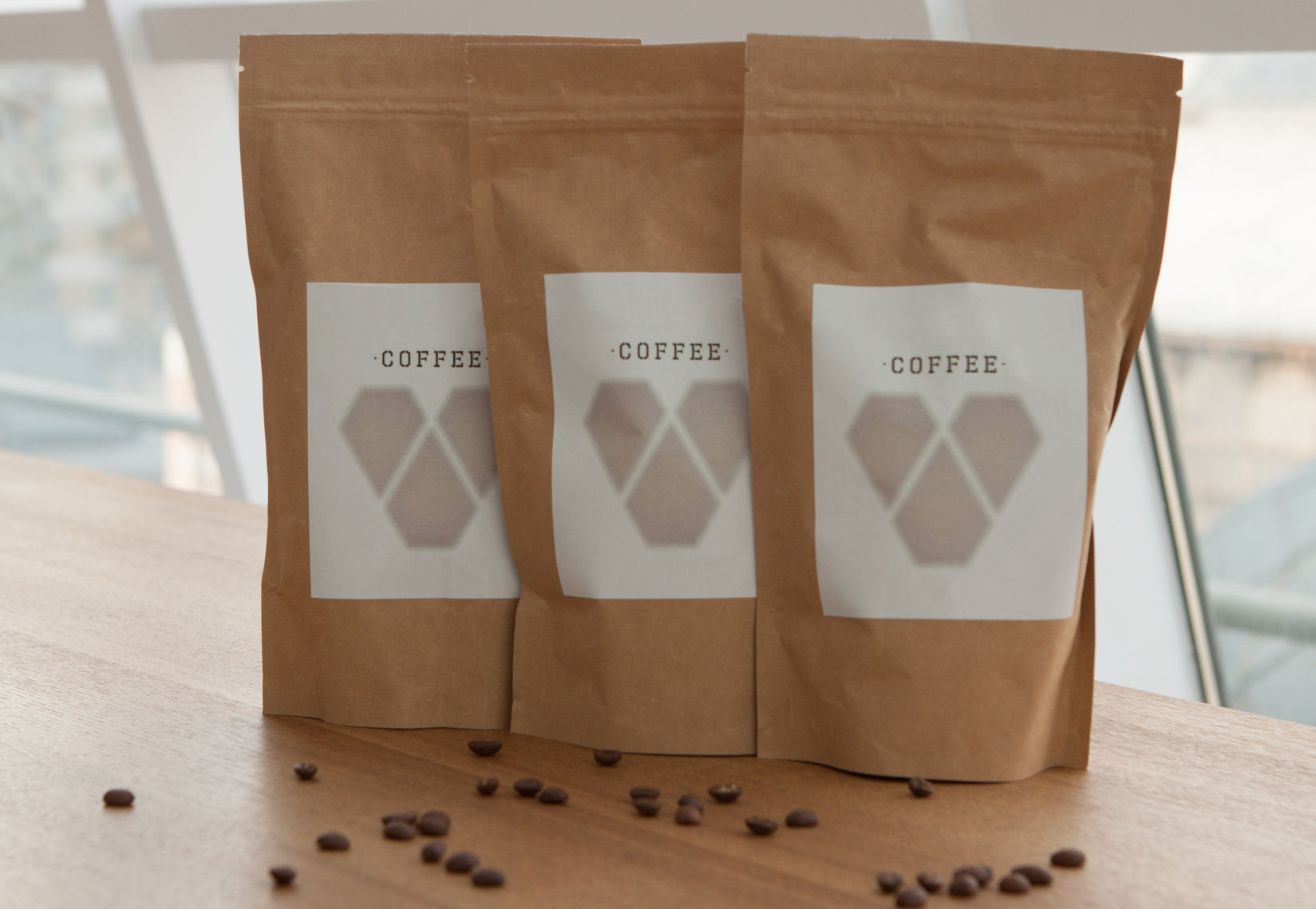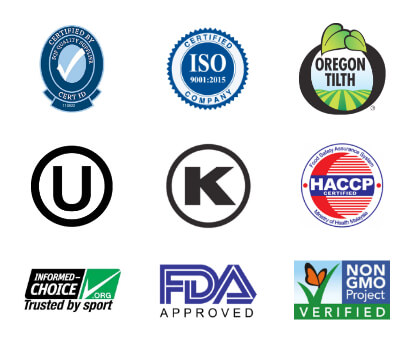When deciding on a packaging option for your product, you will likely come across two main types: rigid and flexible. Each type has its own advantages and disadvantages which we will explore in this article. Rigid packaging is a rigid box or container that is made from materials such as plastic, metal, or cardboard. It is not flexible and does not deform when pressure is applied. Flexible packaging, on the other hand, is a bag or pouch made from materials such as plastic or laminated paper. It can be stretched and deformed when pressure is applied. Let’s take a closer look at each type of packaging.
What is rigid packaging?
Rigid packaging is a rigid box or container that is made from materials such as plastic, metal, or cardboard. It is not flexible and does not deform when pressure is applied. Rigid packaging can be either reusable or disposable. Some examples of rigid packaging include:
- Plastic bottles
- Metal cans
- Cardboard boxes
What are the advantages of rigid packaging?
There are several advantages to using rigid packaging:
- Provides more protection for the product since it is not flexible and cannot be easily deformed.
- Can be stackable, which is helpful for storage and transportation.
- Often seen as more high-end and luxurious since it has a rigid, solid form.
- It is tamper-resistant and provides good product protection.
- It is easy to handle and transport.
- Rigid packaging can be recycled.
What are the disadvantages of rigid packaging?
There are also some disadvantages to using rigid packaging:
- It is more expensive than flexible packaging.
- It can be heavy and bulky.
- Rigid packaging often generates more waste than flexible packaging.
What is flexible packaging?
Flexible packaging is a bag or pouch made from materials such as plastic or laminated paper. It can be stretched and deformed when pressure is applied. Flexible packaging can be either heat-sealed or glued. Some examples of flexible packaging include:
- Plastic bags
- Stand-up pouches
- Zipper pouches
- Gusseted bags
What are the advantages of flexible packaging?
There are several advantages to using flexible packaging:
- It is less expensive than rigid packaging.
- It takes up less space and is lighter than rigid packaging, making it more efficient for storage and transportation.
- It can be easily customized to fit the product.
- It can be printed on both sides, allowing for more branding and marketing opportunities.
- Flexible packaging is often seen as more sustainable since it generates less waste than rigid packaging.
What are the disadvantages of flexible packaging?
There are also some disadvantages to using flexible packaging:
- It provides less protection for the product since it is stretchy and can be easily deformed.
- Flexible packaging is not as rigid and solid as rigid packaging, which can give the impression that the product is lower quality.
- It can be difficult to open and often requires scissors or a knife.
Which type of packaging is better?
There is no right or wrong answer when it comes to rigid vs flexible packaging. It all depends on your specific needs and preferences. Some companies prefer rigid packaging because it provides more protection for the product and gives a luxurious feel. Others prefer flexible packaging because it is less expensive and takes up less space. Ultimately, it is up to you to decide which type of packaging is best for your product.
Do consumers prefer rigid or flexible packaging?
A study conducted by the Freedonia Group found that 54% of consumers prefer rigid packaging while 46% prefer flexible packaging. The study also found that rigid packaging is more popular with older consumers while flexible packaging is more popular with younger consumers.
What products is rigid packaging ideal for?
Rigid packaging is often used for products that are:
- Fragile: rigid packaging provides more protection for fragile products such as glass bottles and ceramic dishes.
- Expensive: rigid packaging gives the product a luxurious feel which is ideal for high-end products such as perfume and jewelry.
- Food items: rigid packaging keeps food items fresh and prevents them from being squished or deformed, making it ideal for products such as eggs, milk, and yogurt.
What products is flexible packaging ideal for?
Flexible packaging is often used for products that are:
- Non-fragile: flexible packaging does not provide as much protection as rigid packaging, making it better suited for products that are not fragile such as clothes and shoes.
- Inexpensive: flexible packaging is less expensive to produce than rigid packaging, making it ideal for products that are not high-end.
- Food items: flexible packaging takes up less space than rigid packaging, making it ideal for food items such as cereal, snacks, and granola bars.
Who uses rigid packaging?
Rigid packaging is often used for products that require a high level of protection, such as electronics, glassware, and medical devices. It is also commonly used for food and beverage products, such as milk, soda, and soup.
Who uses flexible packaging?
Flexible packaging is often used for products that are lightweight and easy to store, such as cereal, granola, and snacks. It is also commonly used for frozen foods, such as ice cream and frozen vegetables.
Examples of companies that use rigid packaging
Some examples of companies that use rigid packaging:
- Apple: rigid packaging is used for products such as the iPhone, iPad, and MacBook.
- Dove: rigid packaging is used for Dove soap bars and body wash bottles.
- Head & Shoulders: rigid packaging is used for Head & Shoulders shampoo and conditioner bottles.
- Nike: rigid packaging is used for Nike shoes and apparel.
- Samsung: rigid packaging is used for Samsung electronics such as smartphones and tablets.
Examples of companies that use flexible packaging?
Some examples of companies that use flexible packaging:
- L’Oreal: flexible packaging is used for L’Oreal shampoo and conditioner bottles.
- Gatorade: flexible packaging is used for Gatorade sports drinks.
- Pringles: flexible packaging is used for Pringles chips.
- Tide: flexible packaging is used for Tide laundry detergent.
- P&G: flexible packaging is used for P&G products such as diapers, shampoo, and conditioner.
- Hershey’s: flexible packaging is used for Hershey’s chocolate bars.
How to choose rigid vs flexible packaging
There are many factors to consider when choosing rigid vs flexible packaging. Some things to keep in mind include:
- The type of product you are selling: rigid packaging is better for fragile products while flexible packaging is better for non-fragile products.
- The cost: rigid packaging is more expensive to produce than flexible packaging.
- The space: rigid packaging takes up more space than flexible packaging.
- Consumer preference: rigid packaging is more popular with older consumers while flexible packaging is more popular with younger consumers.
- The company: rigid packaging is used by companies such as Apple, Nike, and Samsung while flexible packaging is used by companies such as L’Oreal, Tide, and Hershey’s.
- Your company’s branding: rigid packaging gives the product a luxurious feel while flexible packaging is more casual.
- Is the product edible: rigid packaging keeps food items fresh while flexible packaging is better for food items that do not need to be refrigerated.
- Shipping and transportation considerations: rigid packaging is better for products that need to be shipped in a box while flexible packaging can be shipped in a envelope.
What are the cost differences between rigid vs flexible packaging?
The cost of rigid packaging vs flexible packaging depends on many factors, such as the type of material used, the size and shape of the packaging, the printing process, and the quantity ordered. In general, rigid packaging is more expensive to produce than flexible packaging.
Rigid packaging is more expensive because it requires more material and labor to produce. The rigid packaging process also generally takes longer than the flexible packaging process.
What is the environmental impact of rigid vs flexible packaging?
Rigid packaging is more likely to be recycled than flexible packaging. However, rigid packaging also has a larger environmental impact because it requires more energy and resources to produce.
Flexible packaging is less likely to be recycled than rigid packaging. However, flexible packaging has a smaller environmental impact because it requires less energy and resources to produce.
Contact the experts at Maco PKG
If you are still unsure of which type of packaging to choose, the best thing to do is to experiment with both and see which one works better for your products and your company. It’s important to choose the one that best meets your needs.
Ultimately, the decision of rigid vs flexible packaging comes down to personal preference and what type of product you are selling. If you are still unsure of which option to choose, consider consulting with a packaging expert at Maco PKG.
For over 80 years Maco PKG has been recognized as a knowledgeable and responsible manufacturer, supplying high-quality rigid and flexible packaging, co-packing and assembly services at reasonable prices. Whatever the size of your packaging needs, we can help you determine which option is best for your product. Contact us today to learn more!

